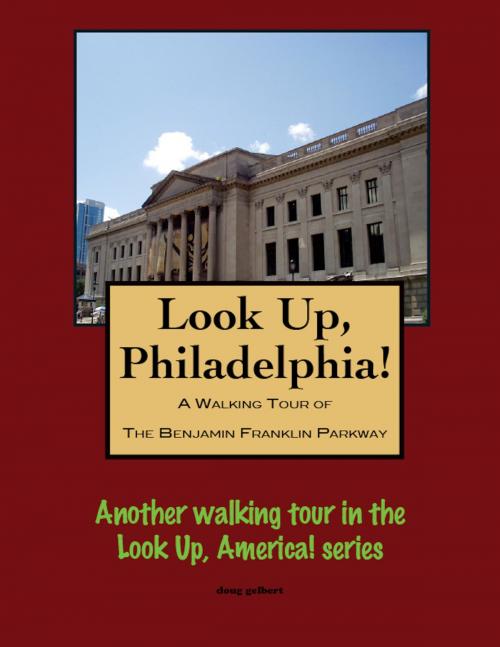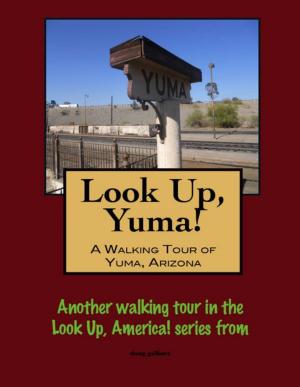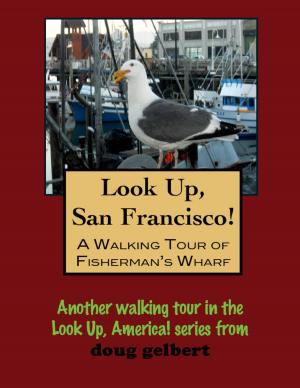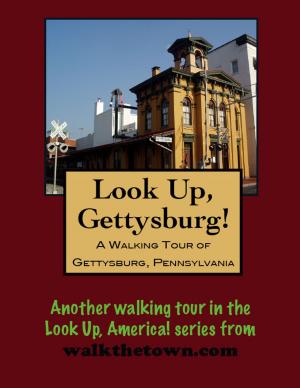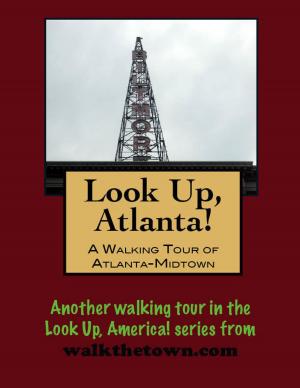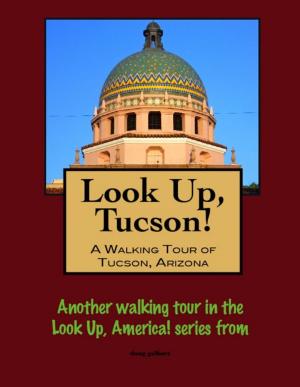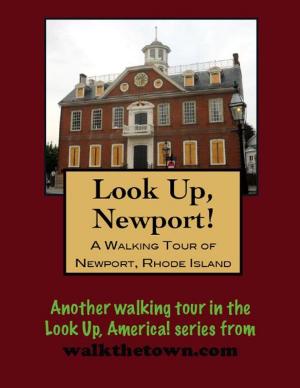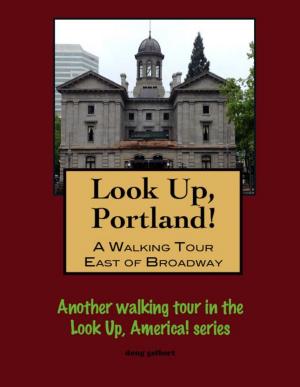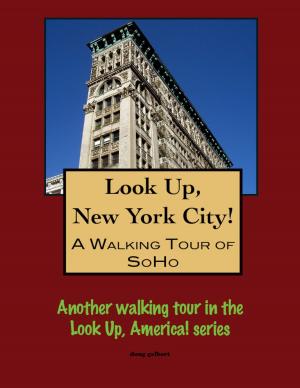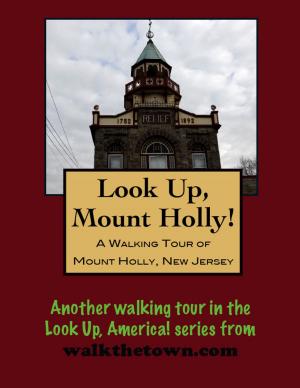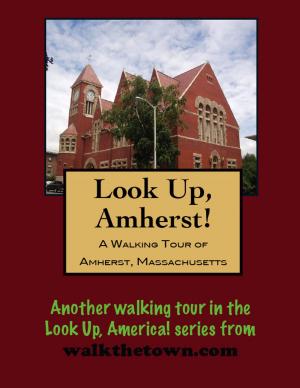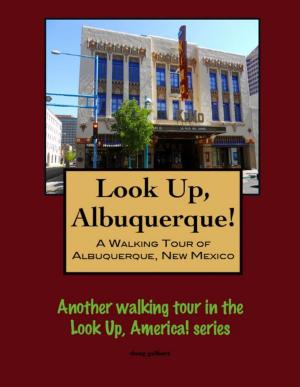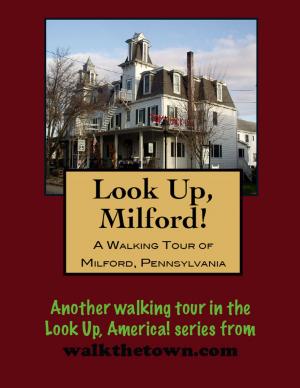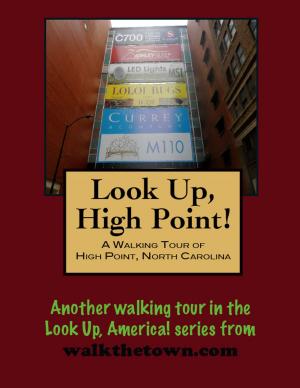| Author: | Doug Gelbert | ISBN: | 9781452307633 |
| Publisher: | Doug Gelbert | Publication: | January 11, 2010 |
| Imprint: | Smashwords Edition | Language: | English |
| Author: | Doug Gelbert |
| ISBN: | 9781452307633 |
| Publisher: | Doug Gelbert |
| Publication: | January 11, 2010 |
| Imprint: | Smashwords Edition |
| Language: | English |
There is no better way to see America than on foot. And there is no better way to appreciate what you are looking at than with a walking tour. Whether you are preparing for a road trip or just out to look at your own town in a new way.
Each walking tour describes historical and architectural landmarks and provides pictures to help out when those pesky street addresses are missing. Every tour also includes a quick primer on identifying architectural styles seen on American streets.
The model for Benjamin Franklin Parkway is the Champs Elysees in Paris, France — a wide, pastoral avenue connecting City Hall to the world’s largest municipal park, Fairmount Park. It did not come easy. When formal planning got underway prior to World War I there was a mass of buildings between there and there.
The designers of the Parkway were Paul Cret and Jacques Greber and the mass removal of those buildings - and the displacing of the people who lived in them - was a startingly bold stroke for a conservative city often accused of preferring to live in the days of the Founding Fathers. By 1919 a stretch of Parkway could be seen and within a decade fountains, small parks, statues and monuments and formal public buildings began to take their place on the Parkway. By 1935 the Franklin Institute, the Free Library of Philadelphia, the Philadelphia Museum of Art at the head of the avenue, and the Rodin Museum could be seen along the mile-long parkway.
Our walking tour will begin in the heart of Center City and head out along the Benjamin Franklin Parkway...
There is no better way to see America than on foot. And there is no better way to appreciate what you are looking at than with a walking tour. Whether you are preparing for a road trip or just out to look at your own town in a new way.
Each walking tour describes historical and architectural landmarks and provides pictures to help out when those pesky street addresses are missing. Every tour also includes a quick primer on identifying architectural styles seen on American streets.
The model for Benjamin Franklin Parkway is the Champs Elysees in Paris, France — a wide, pastoral avenue connecting City Hall to the world’s largest municipal park, Fairmount Park. It did not come easy. When formal planning got underway prior to World War I there was a mass of buildings between there and there.
The designers of the Parkway were Paul Cret and Jacques Greber and the mass removal of those buildings - and the displacing of the people who lived in them - was a startingly bold stroke for a conservative city often accused of preferring to live in the days of the Founding Fathers. By 1919 a stretch of Parkway could be seen and within a decade fountains, small parks, statues and monuments and formal public buildings began to take their place on the Parkway. By 1935 the Franklin Institute, the Free Library of Philadelphia, the Philadelphia Museum of Art at the head of the avenue, and the Rodin Museum could be seen along the mile-long parkway.
Our walking tour will begin in the heart of Center City and head out along the Benjamin Franklin Parkway...
